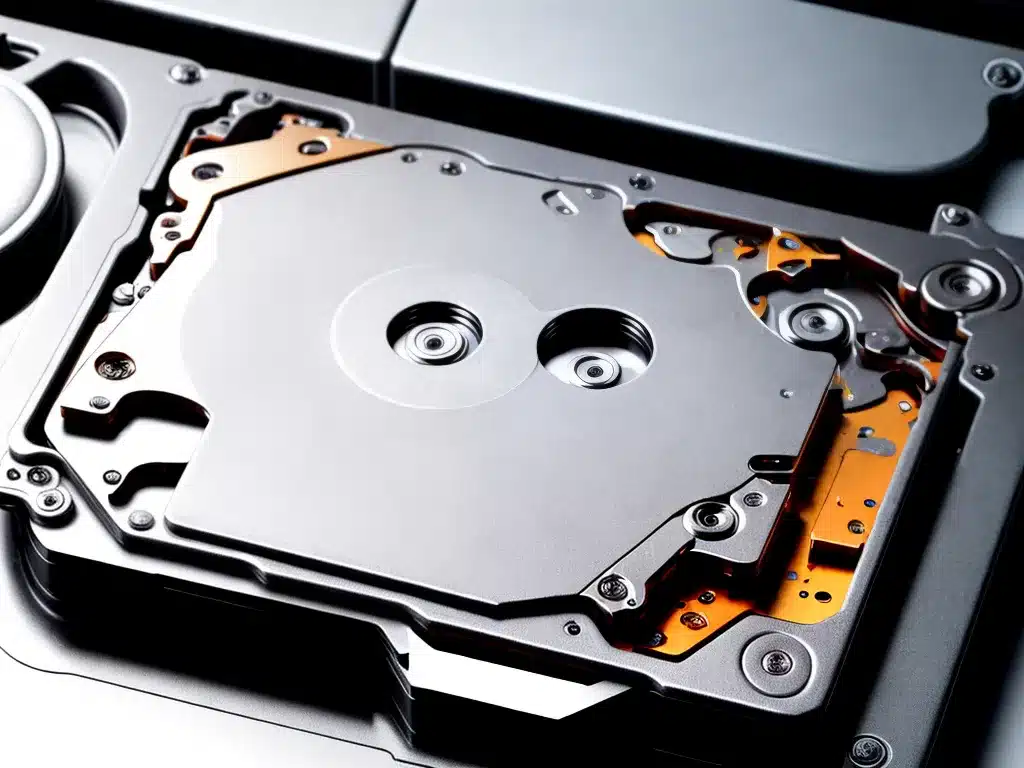
Introduction
Accidentally forgetting the password to a hard drive can be incredibly frustrating. The data trapped inside may contain important documents, photos, or other irreplaceable files. Thankfully, with the right tools and techniques, it is often possible to recover data from a forgotten password-protected hard drive. In this article, I will walk through the step-by-step process to regain access to your files.
Preparation
Before beginning any data recovery attempts, it is wise to take some preliminary steps:
-
Back up the drive – Creating a complete sector-by-sector backup of the encrypted drive allows you to work on the copy rather than risking the original. Use disk cloning software to make an identical duplicate.
-
Try remembering the password – Take some time to retrace your steps and recover any lost passwords. Check password manager programs, old emails, sticky notes, etc.
-
Determine the encryption – Identify whether the drive uses BitLocker, FileVault, TrueCrypt, or another encryption program. This affects available recovery options.
-
Check for backdoors – Some encryption platforms have known vulnerabilities that can provide a secret backdoor to bypass the password. Research specific exploits for your encryption type.
Password Recovery Tools
Specialized tools exist to help crack or reset hard drive passwords. Some options to consider are:
-
Password recovery software – Programs like Passware Kit Forensic can brute force BitLocker, FileVault, and TrueCrypt passwords through dictionary attacks. Success depends on password strength.
-
Boot disk utilities – Reset password lost BitLocker recovery keys by booting from Windows PE or Linux-based CDs like Kali Linux.
-
Hardware keyloggers – Attach a physical keylogger between the encrypted drive and computer to secretly record password entries.
-
Forensic toolkits – All-in-one forensic platforms like AccessData Forensic Toolkit enable bypassing some encryption and resetting passwords.
Resetting the Password
If you are unable to recover the original password, resetting the password provides an alternate route to data access. The steps vary by encryption type:
BitLocker
- Boot from a Windows PE disk
- Launch Manage-bde commands to disable BitLocker
- Set a new password or recovery key
FileVault
- Start up from macOS Recovery
- Launch Terminal and reset password with
fdesetup changerecoverycommand - Set new password
TrueCrypt
- Use TrueCrack brute force tool to find cached passwords
- Locate keys cached in RAM using Passware Kit
- Input credentials to mount the TrueCrypt volume
Bypassing Encryption
As a last resort, it may be possible to entirely bypass hard drive encryption by:
- Exploiting software vulnerabilities to decrypt without credentials
- Accessing decrypted content in RAM before shut down
- Installing hidden spyware that captures encryption keys
- Physically removing drive chips to dump raw data
However, these methods are highly technical, risky, and sometimes illegal. Proceed with caution.
Final Thoughts
Recovering data from a password-protected hard drive requires using password cracking tools, resetting credentials, or bypassing the encryption outright. With the proper technical skills and resources, you can ultimately regain access to locked drive content. Maintaining backups and remembering passwords in the future will prevent this situation entirely.












